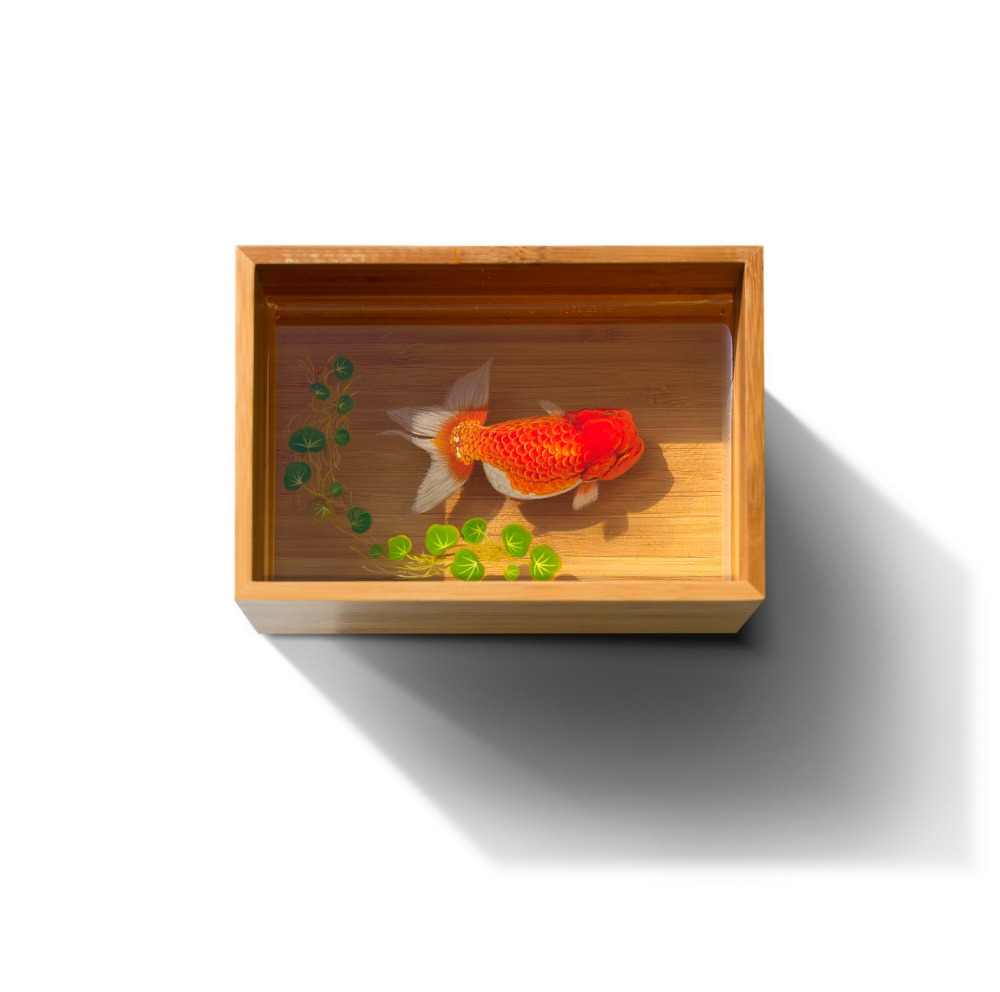

3D printing discloses every material aspect of an artwork so well it liquifies the borders between what is perceived as 'real' or 'fake' and radically changes the experience of the artwork. photography and film) and contemporary digital reproduction technologies AR and VR.

Yet, although the development of technology and the digitization of global culture has attributed to a generation dealing with more art reproductions than ever before, there is a rising awareness that 3D printing offers something different compared to previous replication methods (e.g. The facility with which artworks can be used, adjusted and distributed via these technologies promote a much larger accessibility and stimulate a large array of different experiences that would not have been possible in a museum setting or the original artwork’s fragile material.ģD printed classical statues. Not only are these technologies promising for the conservation and preservation of our heritage, but right now as we are dealing with a pandemic, it has become clear that it would have been unimaginable to continue engaging with artworks without 3D reproduction. V&A’s ReaCH and LDE’s Scanning for Syria). It is precisely here that technology can offer ways of reviving and preserving material qualities of (lost) artifacts, artworks made of unstable materials and objects in museum collections (e.g. Events such as the fire in the Notre Dame cathedral in Paris and the Islamic State's destruction of archaeological sites, underscore the fragility of our heritage. The possibilities 3D printing and other digital (technologies, such as Augmented Reality (AR) and Virtual Reality (VR)) offer have become an important topic of interest. Recently, 3D printing has entered the artworld: paintings are being printed, preserving their visual and material qualities in every detail.

It offers the possibility to reproduce any object no matter size, material and shape: from boat propellers to nanochips, from pizzas to organs. Since the last decade, three-dimensional (3D) printing has conquered every field.


 0 kommentar(er)
0 kommentar(er)
